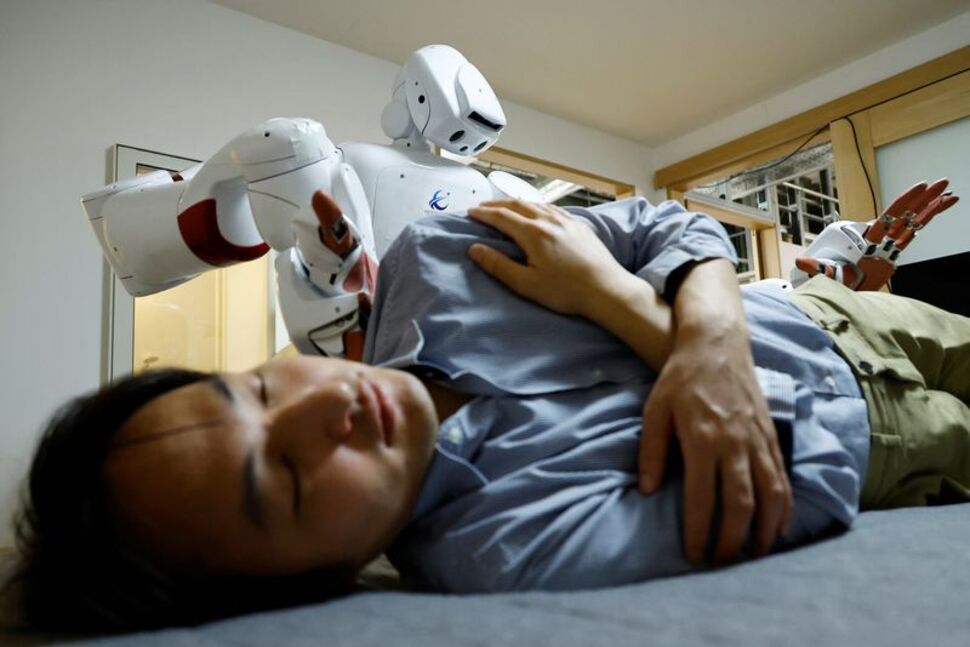Japan’s AI robot AIREC! In a quiet corner of Tokyo, a hulking yet gentle giant named AIREC stole the spotlight, offering a heartfelt glimpse into what caregiving might soon become. This 150 kilogram (330 pound) humanoid robot, powered by artificial intelligence, is not just a machine; it is a promise. During a groundbreaking demonstration, AIREC carefully cradled a man lying flat on a bed, easing him onto his side with a tenderness that felt almost human. Built to tackle the gritty realities of elderly care like changing diapers or keeping bedsores at bay this prototype is Japan’s answer to a crisis that has been brewing for years: too many aging hearts and too few hands to hold them.
Baby Boomers
Japan’s story is one of time catching up. The “baby boomers,” those born in the hopeful years after the war, all turned 75 or older by the end of 2024. Their silver years have painted the country gray, with a birth rate too low to replenish the workforce and a nursing shortage that’s left families and facilities scrambling. Some have looked beyond borders, welcoming foreign caregivers with open arms, but their numbers are a drop in a deepening bucket. People like Takashi Miyamoto, a thinker who’s seen this storm coming, insist there’s no way around it robots like AIREC aren’t just nice to haves; they’re lifelines for a society staring down an uncertain tomorrow.
AIREC Is Not Ready!
AIREC isn’t ready to clock in just yet. Its creator, a Waseda University professor named Sugano, dreams of seeing it in care homes by 2030, but for now, it’s still learning its steps. Today’s robots in elderly care are more like helpful sidekicks watching over sleep, lending a nudge here and there but AIREC aims higher, reaching for the kind of hands-on help that’s second nature to humans. The vision isn’t to replace people but to stand beside them, sharing the load in a dance of care that blends circuits with soul. Still, it’s no small feat. These metal caregivers come with a hefty price tag, and teaching them to move safely among fragile lives is a puzzle that’s yet to be fully solved.
For Japan a place where old age meets cutting-edge ideas AIREC feels like a quiet revolution. It’s not just about wires and gears; it’s about dignity, about finding new ways to honor the ones who built the world we know. The road ahead is long, paved with costs and questions, but watching AIREC in action, you can’t help but feel a flicker of hope for a future where no one’s left lying alone.



